11 of the CRAZIEST show cars ever made
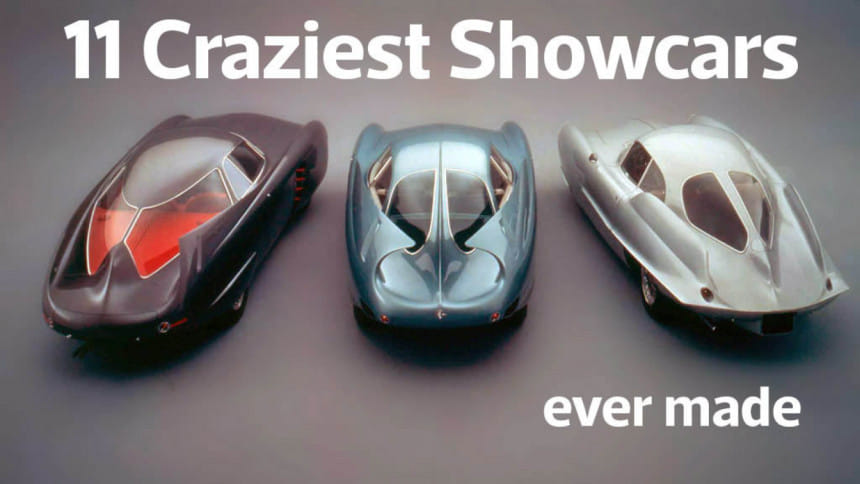
Some show cars give hints at what may come. Others grab the imagination, shove a couple of dynamite sticks in there and light the fuse. These are the 11 of the craziest cars ever made. Some went into production. Others caught fire. Read on and see where it takes you.
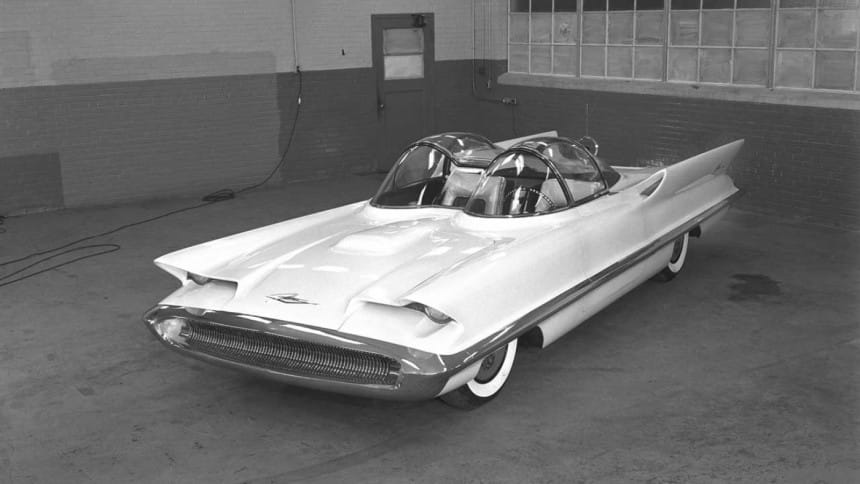
Lincoln Futura
This was built at a time when concept cars were clay models meant to be touched and drooled upon only but not driven. But this 1954 Lincoln Futura built by Ghia was a drivable version and it starred in a 1959 movie,"It Started with a Kiss". It was later sold to designer George Barris for a dollar. In 1966Barris was contacted to design an out of this world Batmobile. Painted black with deep orange trim, this became the ultimate Batmobile. In 2013 it sold for $4.6 million USD.

Alfa Romeo BAT
If anything looks like a Batmobile, this is it. Bertone and BerlinettaAerodinamicaTecnica (BAT) built these extraordinary concept cars to see how far they can take styling cues. A whole lot of hallucinatory substances may have been consumed in the making. Three concepts were produced with the aim of getting the lowest drag coefficient possible. This meant teardrop bubble cockpits and curvaceous wings everywhere. The first BAT 5 concept achieved a 0.23 Cd, while maintaining high-speed stability. The second one went even better with the help of a tweaked front bumper to achieve 0.19 Cd.

Dodge Deora (1964)
A concept car that was also the prototype for a toy car? The Dodge Deora is one of the earliest cab-forward van pickup concepts that served as a prototype for a Hot Wheels design. To get in you needed to lift the front windshield, swivel the frontgate, climb in and close everything again. This was debuted in 1967 with a Hot Wheels version appearing a year later.

Mazda Furai
Mazda was always known for a fair bitof design uniqueness and a lot of craziness in the engine department. Their Wankel engines are the source of pride and frustration across automotive cultures -powerful but hungry for fuel. In 2007 they latched onto the "Nagare" style,incorporating a lot of flowing lines, as if someone poured water and it froze. The Furai incorporated and embraced this. In 2008it was burned to the ground during filming for Top Gear.

Chevrolet Corvette Four Rotor
70's were strange times for car manufacturers. Everybody was in a race to make the loudest, baddest rides. And then the oil crisis hit. The Wankel rotary engine seemed like an option as it was capable of producing way more horsepower per unit of displacement compared to conventional engines. Wankels also featured fewer parts and were considered more reliable. In 1973 GM created two mid-engine Corvette concepts powered by two-rotor and four-rotor Wankel engines. The two rotor unit was ready to hit the roads with a design aping popular pointy European sportscars. The Four Rotor concept took that pointiness a few inches further along with gullwing doors.The rotaries were terrible at being oil friendly and a mid-engined Corvette never met public appeal. So in 1976 GM design boss Bill Mitchell brought out the four rotor and plugged in a 400-cubic-inch V-8. The Aerovette was born. It didn't make it to production but it looked cool.

Ford Mustang 1 and 2
The Mustang 1 was a two-seater mid-engine concept that designed to be a sportscar for the young generation. It had a wedge shape similar to Italian flavors of the era, complete with pop up headlamps. It was a lightweight car fitted with a 1500cc engine and side louvers to provide cooling to the engine. Two versions were designed with 89 and 109 hp respectively. It also came with front disc brakes and four-wheel independent suspension. But only one functional car was ever built. While the motoring press went ape on this being the new Corvette contender, the public didn't think much of it. The Mustang II was quickly designed as a four-seater based on the first generation Ford Falcon platform. Only design element it carried over from the original concept were the side louvers which incidentally were fake cosmetic ad-ons. This looked closer to the eventual car and we know how many that sold.
Love model cars? Check out our list of the 10 greatest showcar based Hotwheels creations.

Ferrari 512 S Modulo (1970)
Ferrari didn't always make pretty cars. Or cars that could be driven easily. Pininfarina combined those two elements to create the Ferrari Modulo. It is one of the most unique concept cars for the fact that it is also one of the flattest. It's based on the Ferrari 512 550-hp 5.0L V12. It was nearly un-driveable because the covered front wheels wouldn't allow much steering ability. You also needed to lie down inside.

Dodge Viper
In 1989 the Viper R/T10 shocked the world with its outlandish proportions and outrageous 8-litre V10 engine pulledout of a Ram pickup. It was the first time in a long while the Americans cut through conventional design. It featured as little as possible. It was all car, very little geeky features. It didn't even have a roof as an option for the first year.

Lamborghini Countach
The Lamborghini Countach debuted at the 1971 Geneva Motor Show. Marcello Gandini designed it for Bertone focusing on style instead of ergonomics. The car looked breathtaking, composed entirely of trapezoidal shapes. It featured scissor doors that have now earned the nickname of "Lambo doors". The car was extremely low at about 42 inches, and weighed just 1065kg. It was devoid of any aero kit giving it a fluid, uniform wedge shape. Production started in 1974 with little change made to the design.

Dodge Tomahawk
Is it a bike? Is it a car? One thing is for certain, if it was ever used on regular roads because it took a big Viper V-10engine and pushed it into a motorcycle looking frame. It wasn't exactly a motorcycle since it technically had four wheels. There were two narrow tyres at each end but was meant to be ridden like a bike. Ultimately it was just too ridiculous and death inducing to be put into production. Nine replicaswere made with none being street legal. Each were sold apparently for half a million dollars each.

General Motors Impact (1990)
Tesla and Fisker got the celebrities and environment loving car to go nuts over their highly efficient and super fast electric cars. Prius pretty much dominates in the hybrid field. But these all have a humble beginning with the GM EV1. It was a jelly bean shape of the '90s that promised to set the world free from a petrol induced haze. It was supremely aerodynamic, with a drag coefficient of 0.19 Cd and weightunder 1,000 kg.But battery technology wasn't much to brag about back then. It's partly what killed it. It featured two AC motors for each of the front wheels, providing a range of almost 200 km.
Bonus images:

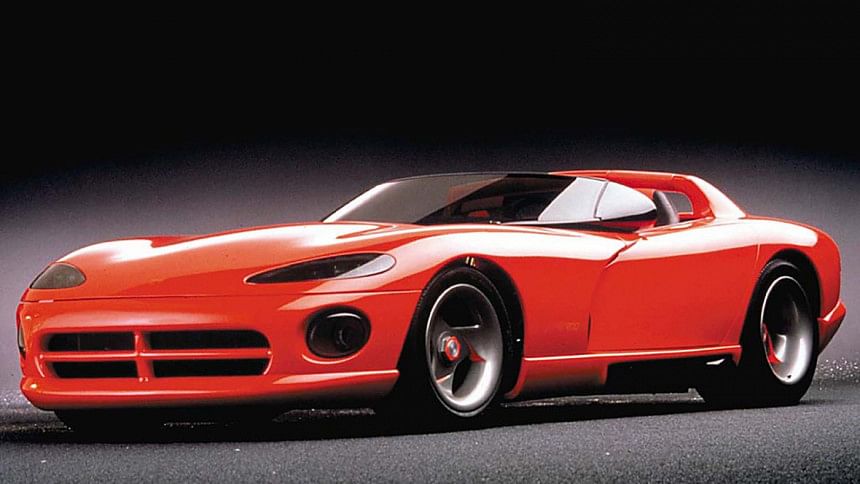

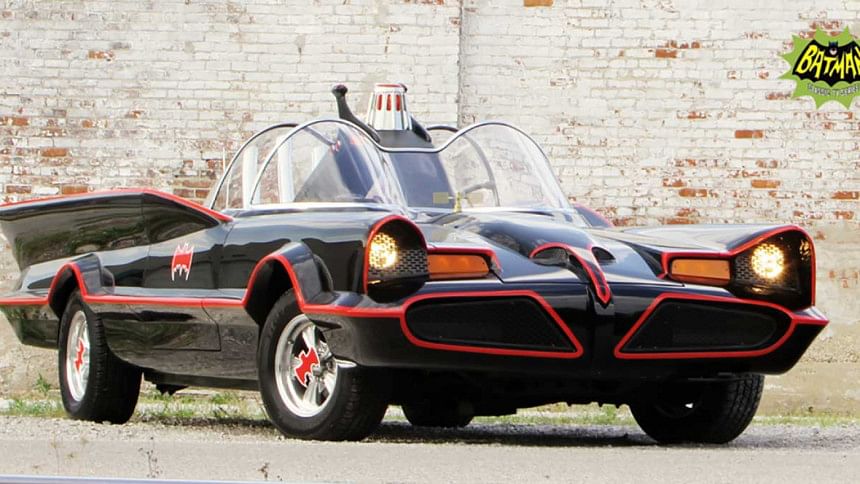
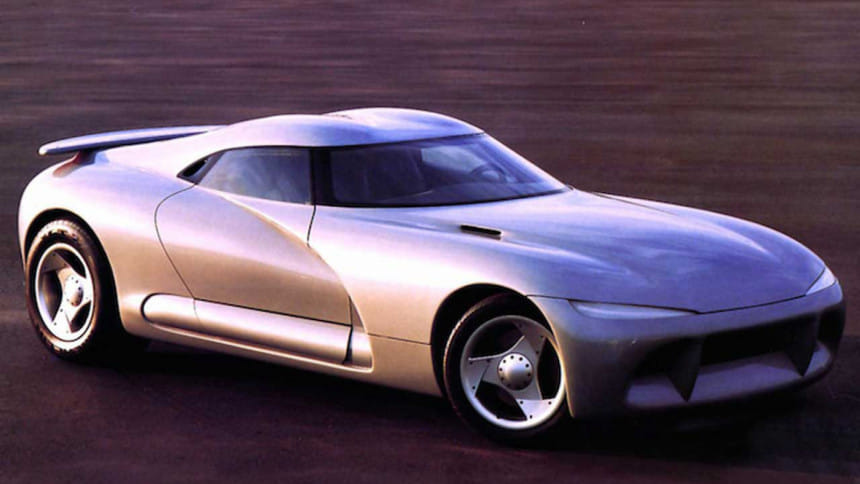
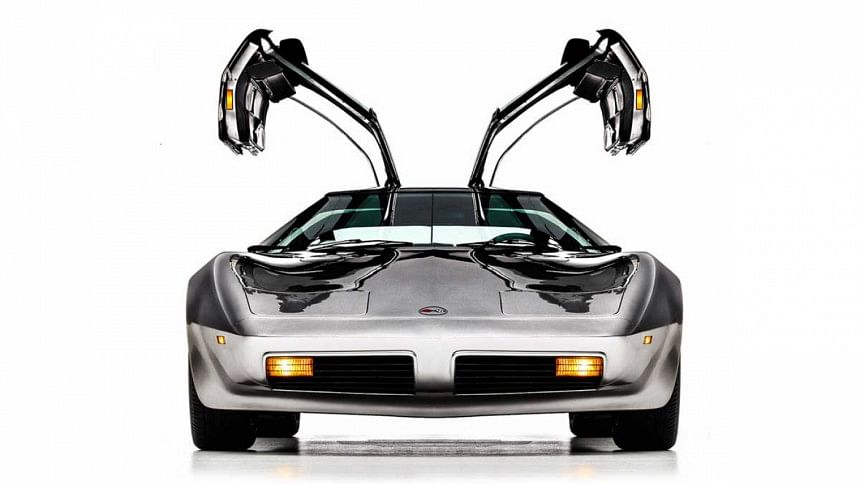

 For all latest news, follow The Daily Star's Google News channel.
For all latest news, follow The Daily Star's Google News channel. 



Comments